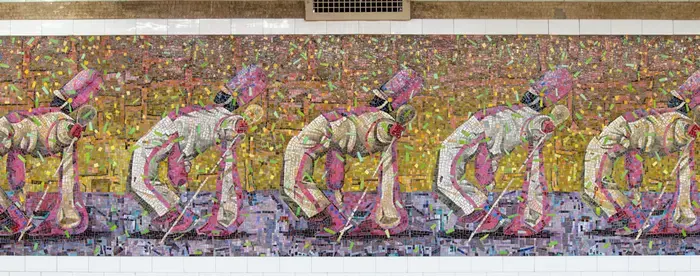Begin your journey through African American Studies by exploring primary sources, essays, and videos, organized by course unit.
Click the play button to watch a short video demonstrating how to use the AP African American Studies Guide.
Image: PARADE (2018) © Derek Fordjour, NYCT 145 St. Commissioned by MTA Arts & Design. Photo: Jason Mandella.

![The cover of a conference program of green text on a black background reading [diagonally] "Black Studies: Paradox with a Promise" at left, and a large green question mark with "Who," "Where," "When," and "How" written in the mark.](/sites/default/files/styles/nav_card_1x/public/2025-03/ConferenceProgramCover_1A_WhatIsAAS_Hero.jpg?h=25f3a3b0&itok=n2Dpfenc)















